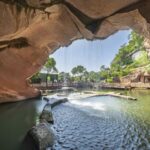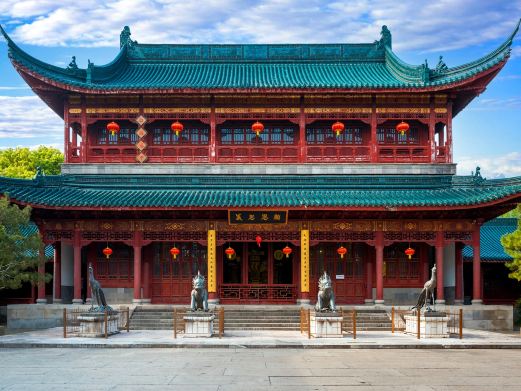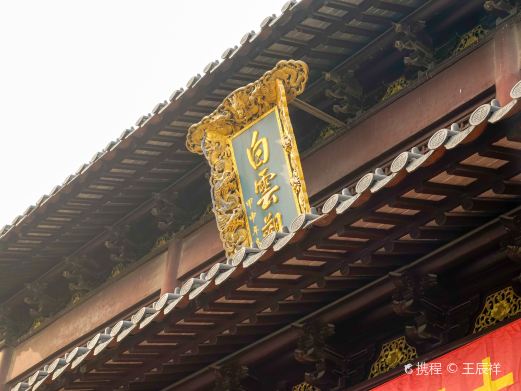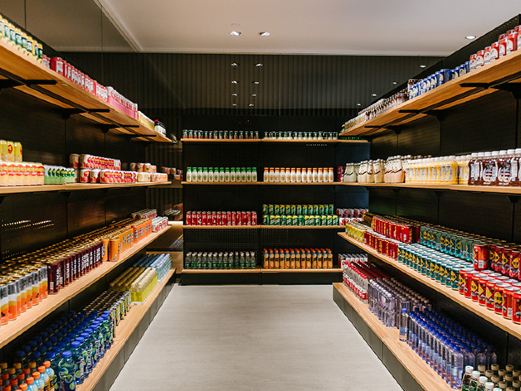Gushan is a natural island on the north side of West Lake. Although the island is not large, it has many historical sites, including more than 20 sculptures, museums and memorial halls. It can be called a place where the cultural landscapes of West Lake are concentrated. On the island, you can not only feel the profound cultural heritage, but also enjoy the beautiful scenery of West Lake. Almost every day, new couples take wedding photos here. The Bai Causeway on the east and the Xiling Bridge on the west connect Gushan and Beishan Road. Walking along the Bai Causeway is the boundary of Gushan. Enter from the entrance opposite Pinghu Qiuyue. After passing a large lotus pond, the view suddenly opens up. On the left is a large lawn, and on the right is West Lake and Baoshi Mountain on the opposite side. You can find a stone bench facing West Lake and sit down to enjoy the scenery, or continue walking along the lakeside path. Going forward, after passing the bronze statue of Lu Xun, you will arrive at the Fanghe Pavilion. Lin Bu (Lin Hejing), a poet of the Northern Song Dynasty, once lived in seclusion here. He took plum blossoms as his wife and cranes as his sons all his life, which has become a beautiful story. To the west of the Fanghe Pavilion is the tomb of Lin Hejing. Around Lin She, you can still see a small patch of blooming plum blossoms every year at the turn of winter and spring. Walking westward along the road past the Fanghe Pavilion and passing through a hexagonal stone pavilion, you can see the archway of Xiling Seal Engravers’ Society. Behind the archway, the stone steps under the tree-lined road lead to Xiling Seal Engravers’ Society. It is one of the attractions worth seeing on Gushan. It is not only a building, but also a huge garden. It is very quiet in summer and autumn. Among them, the Han Sanlao Stone Chamber and the Huayan Sutra Pagoda are famous. If you want to stay here for a while longer, you can order a cup of green tea at the Sizhao Pavilion Tea Room and sit for an afternoon. Continuing forward, at the entrance of Gushan Park is the China Seal Engraving Museum. Inside, the evolution of seals of various dynasties is exhibited, and a large number of seals of different shapes can be seen. Gushan Park and the adjacent Zhongshan Park are two adjacent free parks. They are almost integrated. Many tourists accidentally stroll from one park to another. Zhongshan Park is the center of Gushan. Because Emperor Kangxi and Emperor Qianlong once built temporary palaces here, almost every tour guide will read a sentence ‘Gushan is not lonely, but I am lonely’ to the guests here. Nowadays, the eight scenic spots of Emperor Qianlong’s temporary palace only exist in name. Only through the gravel under the protection of the glass cover can we imagine the approximate location of the building. However, there is a large lawn in the park, which is a good place to relax. Some exhibition halls are concentrated on Gushan Road along the lake on the south side. The Zhejiang Provincial Museum (Gushan Pavilion Area) and several art galleries around it mainly display artworks such as calligraphy and paintings. The garden-style architecture and the scenery of West Lake on the opposite side complement each other. Wenlan Pavilion in the northwest corner of the museum is the essence of the architecture. The Zhongshan Park Wharf not far away can take a boat to Three Pools Mirroring the Moon in the center of West Lake.
Opening hours: Open all day all year round. Must-see tips: Louwailou near Zhongshan Park Wharf is one of the well-known restaurants in Hangzhou, and there are also open-air dining seats for enjoying the scenery.Every day, tourists who come here especially to taste famous Hangzhou delicacies such as West Lake vinegar fish and Dongpo Pork are in an endless stream.









